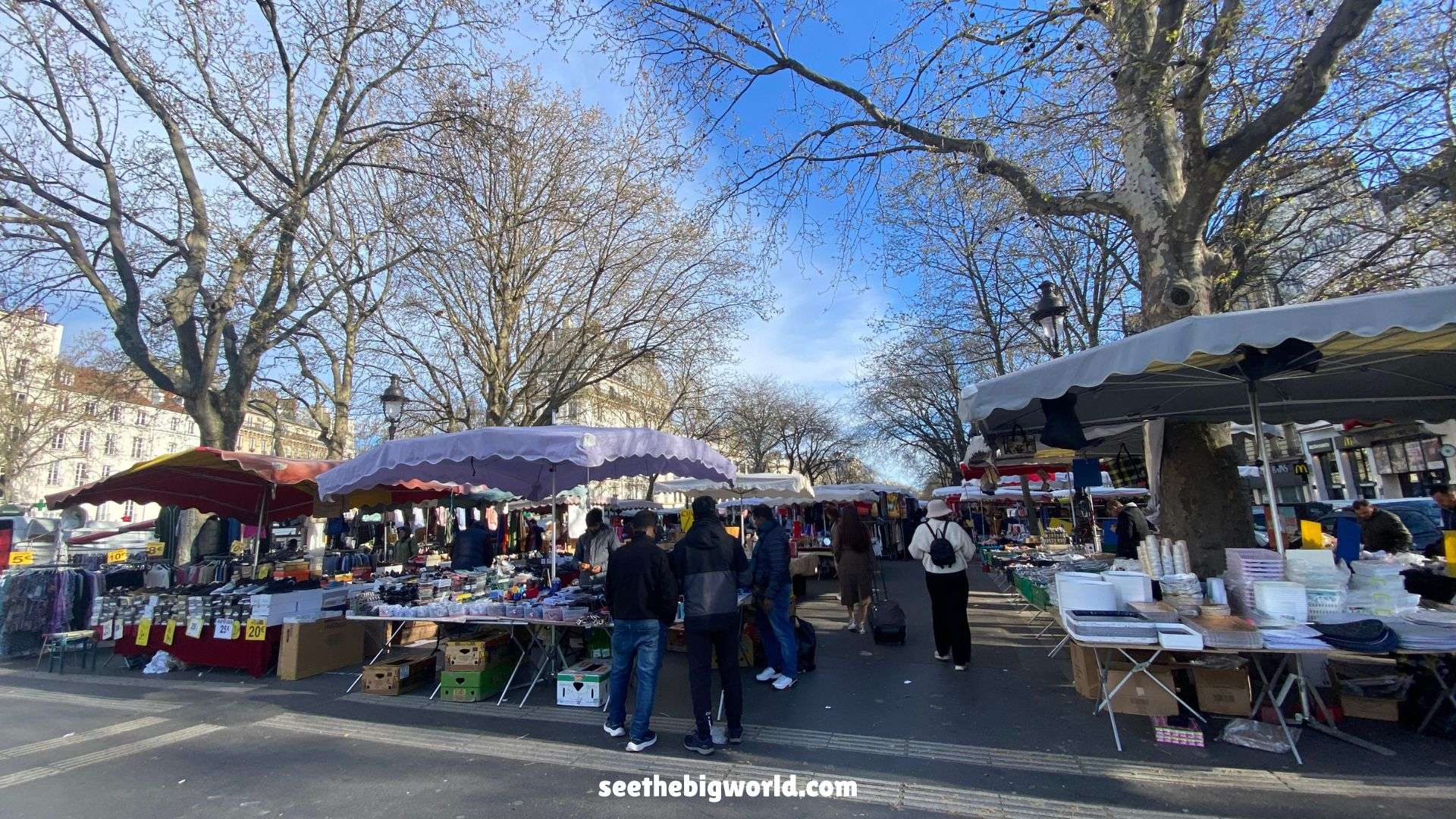Updated on 25/11/2025 | Published on 29/11/2024
Paris is the first stop for many travellers planning a trip to France or wider Europe. From world-class museums and iconic landmarks to grand shopping avenues, Left Bank cafés and riverside walks along the Seine, the city’s cultural depth and everyday rhythm create a distinctive charm. This guide is written for first-time visitors, covering the top 11 must-see attractions, a suggested four-day itinerary, transport options, airport transfers, metro tips and recommended areas to stay. A full attraction information section is included at the end of the article, featuring ticket details, maps, opening hours and further reading to support your trip planning.
Read Before Your Trip
City Guides:ParisParis Articles:Louvre Museum|Sacré-Cœur Basilica|Bastille Market|Moulin Rouge Review
Passes:Paris Museum Pass
Moulin Rouge Show:Get Your Guide|KLOOK
Louvre:Get Your Guide|KLOOK
Eiffel Tower:Get Your Guide|KLOOK
Arc de Triomphe:Get Your Guide|KLOOK

Understanding Paris: City Layout and Top Attractions
Paris Attraction Map
This map includes the top attractions in Paris, key metro stations, and recommended dining spots.
The map is set to English by default. Simply click on the 'Enlarge Map' icon in the top right corner to switch to your preferred language!
Paris’s main attractions are concentrated in the central 1st to 9th arrondissements, all located relatively close to one another. This makes the city ideal for exploring on foot, supported by short metro rides when needed. For a first visit, it helps to understand Paris through three key areas:
Paris Iconic Landmark Area (Louvre – Eiffel Tower – Arc de Triomphe)
- This zone includes the Louvre, Eiffel Tower, Arc de Triomphe, Champs-Élysées and the Seine. It is the most visited area, with major sights easily connected by the metro.
Montmartre (Sacré-Cœur + Moulin Rouge)
- A famous artistic hilltop district. Sacré-Cœur offers superb views, while Moulin Rouge remains one of the city’s most popular evening shows. The area has steeper slopes, so allow extra walking time.
Paris Shopping and Market Area
- Centred around Galeries Lafayette and the Bastille Market, offering a glimpse into local life, shopping culture and everyday food traditions.
How Many Days in Paris? 4-Day Itinerary
How many days should you spend in Paris? For a first-time visit, it's recommended to allocate at least 3 days to explore the classic city centre attractions.
My actual experience was arriving on Friday evening and leaving on Monday, but my itinerary was quite relaxed, with very little planned for Monday. So, if I combine the activities from my first and last day, it essentially equals a 3-day trip.
Day 1|Arrival + Louvre Museum
- Louvre Museum → ibis Paris Sacré-Cœur Montmartre Hotel
- It’s ideal to visit a museum on the afternoon of arrival, as indoor activities are less affected by weather.
Day 2|Classic Paris Landmarks in One Day
- Breakfast in Montmartre → Notre-Dame Cathedral → Walk along the Seine → Lunch at Les Antiquaires → Eiffel Tower → Arc de Triomphe → Champs-Élysées → Dinner in Montmartre → Moulin Rouge show
- This route links the major highlights of central Paris in one continuous loop.
Day 3|Markets, Department Stores + Montmartre Highlights
- Breakfast at Bastille Market → Galeries Lafayette → Lunch at Brasserie Le Bex → Sacré-Cœur → Wander around Montmartre
- A slower-paced day focused on local markets, shopping and Montmartre’s character.
Day 4|Relaxed Departure from Paris
- Breakfast at Bel-ami → Head to the airport
- No fixed plans on this day; adjust according to your flight time.
Paris Airport to City Centre Transportation
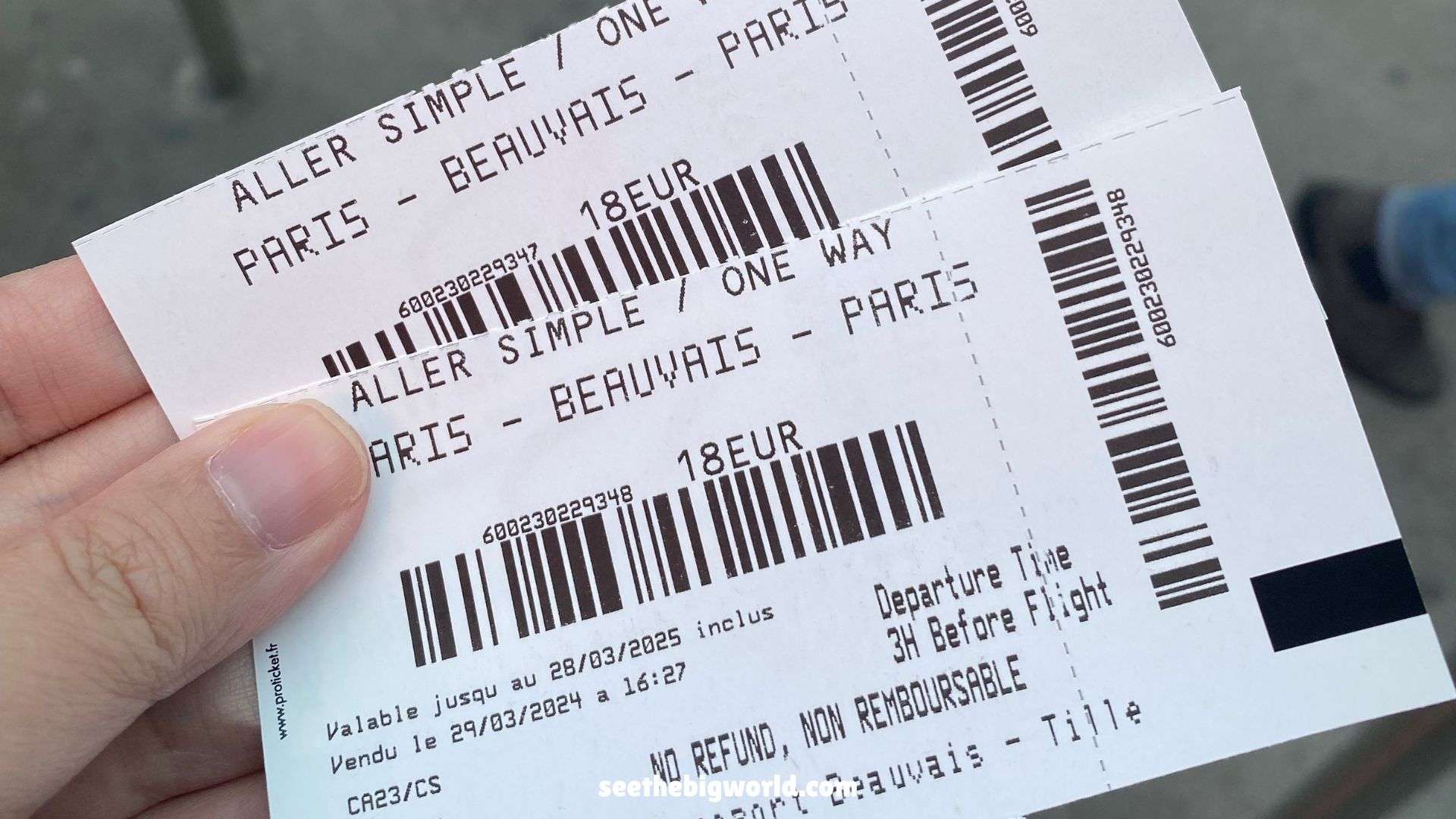
Paris has three main international airports:
- Charles de Gaulle Airport (CDG):The largest and busiest airport, serving most long-haul international flights.
- Orly Airport (ORY):Located closer to the city centre, mainly handling domestic and European flights, as well as some long-haul.
- Beauvais-Tillé Airport (BVA):Located further out, primarily serving budget airlines with flights to and from European destinations.
You can travel directly from CDG and ORY airports to central Paris' main attractions using the metro or RER (regional express train). However, for BVA, the best option is to take the official airport shuttle bus to Porte Maillot metro station in Paris, as it is located further from the city centre.
Additionally, if you have too much luggage or are travelling with children or elderly companions, you may consider:
- Private transfer service between Paris city centre and Charles de Gaulle Airport
- Private transfer service between Paris city centre and Orly Airport
- Transfer service between Paris city centre and Beauvais Airport
Getting Around In Paris
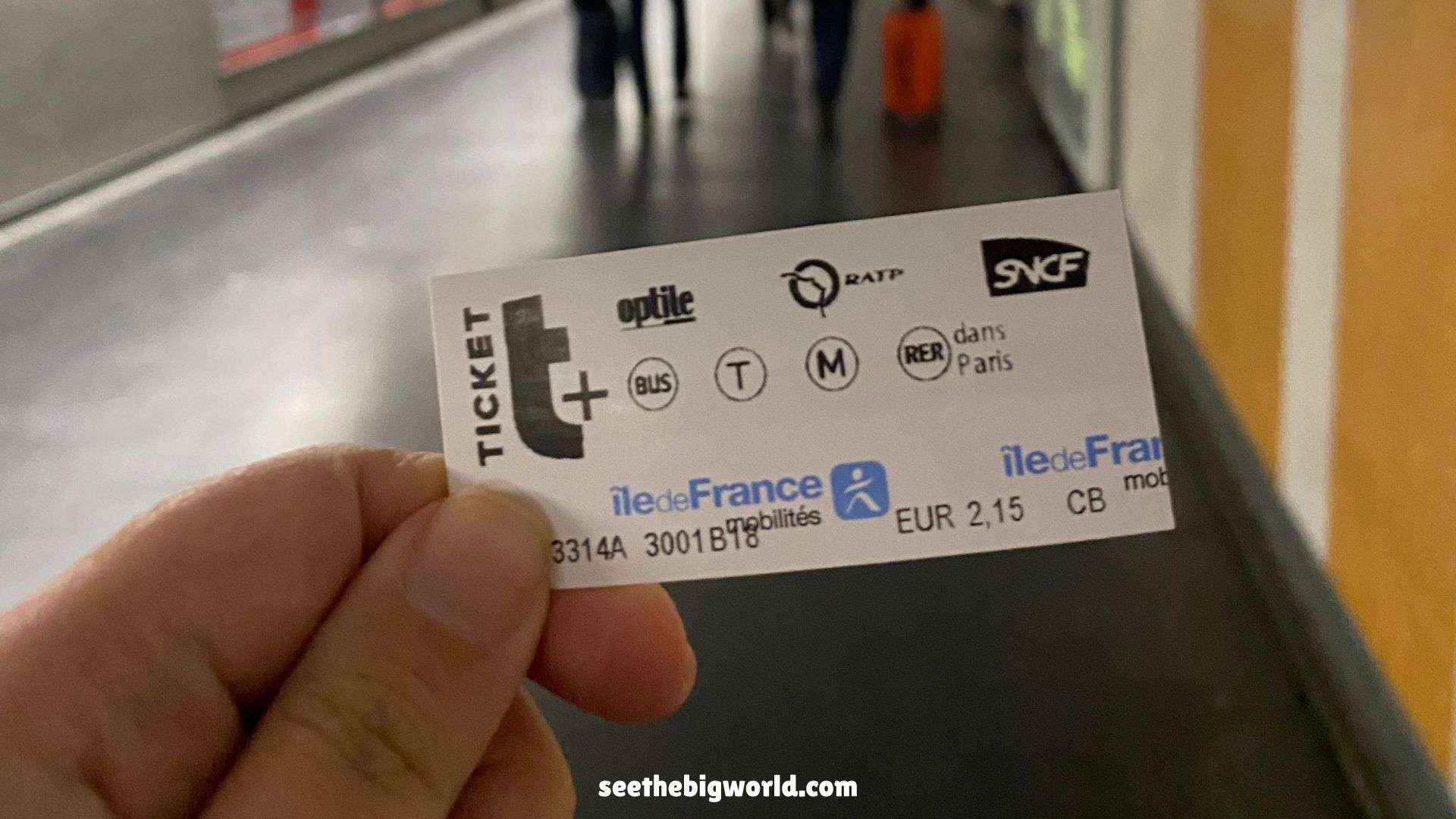
When getting around central Rome, walking is great, but the metro is the most convenient option. Use Google Maps to get real-time public transport routes, including transfer points and directions to your destination.
The metro stations most commonly used by tourists include:
- Palais Royal – Musée du Louvre – to Louvre Museum
- Cité – to Notre-Dame Cathedral
- George V – to Champs-Élysées + Arc de Triomphe
- Passy – to Eiffel Tower
- Blanche – to Moulin Rouge
You can't directly tap your credit card to enter the Paris Metro, but you can purchase a ticket using your credit card at the ticket machines inside the station. A single journey within zones 1-2 (where most tourist attractions are) costs €2.15 (2024 price). There's a discount if you buy a bundle of 10 tickets at once, but since I did a lot of walking during this trip, I didn’t get a multi-ride pass.
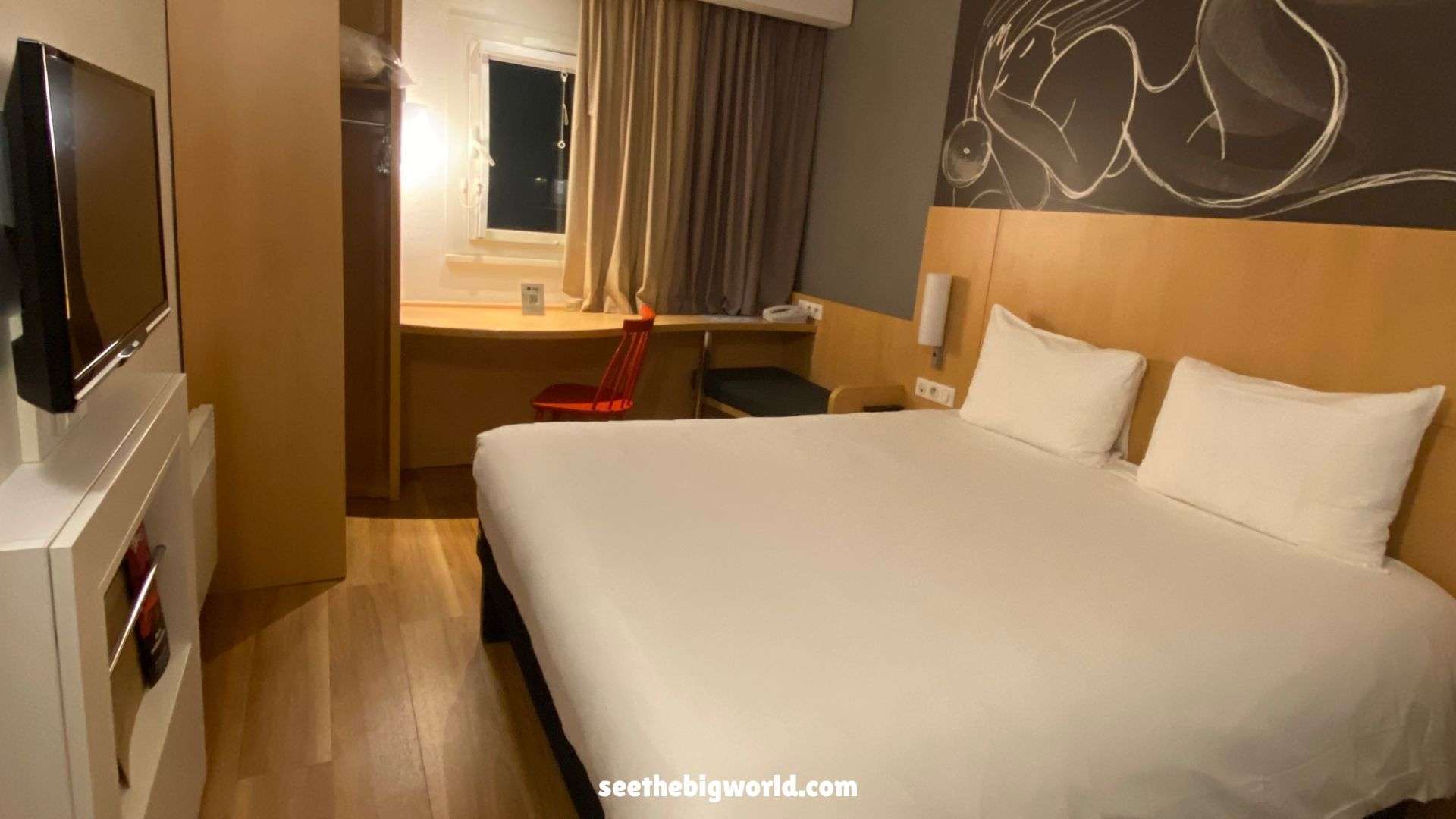
Where to Stay in Paris
Since I had to attend the 11:00 PM performance at the Moulin Rouge on one of the nights, and with the clocks going forward for daylight saving time that day, the show ended at 2:30 AM. I chose to stay at the Ibis Paris Montmartre Sacré-Coeur, just a 4-minute walk away from the venue. As part of the Ibis hotel chain, the service and quality were consistent with their other locations. However, I recommend keeping valuables with you and securing personal items in the room.
- Just a 4-Minute Walk from Moulin Rouge
- Since I attended the 23:00 show, it was already 01:30 AM when it ended. Plus, with France switching to daylight saving time that night, it was effectively 02:30 AM by the time I left. In this situation, having a hotel nearby was crucial!
- The hotel isn’t the newest, but it was clean and well-maintained.
- I paid around HKD 1,200 per night at the time of booking.
- Check the latest prices:Expedia|Hotels.com
On that day, the cleaner mistakenly thought we had checked out and threw away my makeup remover, which I had left in the bathroom, as well as my Louvre ticket, which was on the desk. Although the hotel manager later arranged compensation, it was a frustrating experience to return to the hotel in the early hours and find such important personal items missing.
Apart from the aforementioned incident, the hotel's location is very convenient. I would recommend staying in this area if you're planning to attend a show at the Moulin Rouge.
Things to Do in Paris
Louvre Museum (Musée du Louvre)

One of the best things to do in Paris is visiting the Louvre, one of the largest museums in the world, housing over 380,000 artworks. It is home to the renowned “Louvre’s Big Three”: Mona Lisa (top left), Venus de Milo (bottom left), and Winged Victory of Samothrace (top right). The iconic glass pyramid entrance, designed by I. M. Pei, is a must-see and a popular photo spot, both during the day and at night.
- How Long to Spend at Louvre Museum?
- It’s recommended to allocate at least 4 hours for your visit.
- Detailed Review & Info:
- Book in Advance (Some tickets with free cancellation/discounts)
- Opening Hours
- Daily: 09:00 – 18:00
- Friday Close at 21:00
- Find on Google Map|Louvre Museum Official Website
The Louvre is open until 9:00 PM on Fridays. I arrived straight from the airport that day, landing at 6:00 PM, leaving me with just three hours to explore, and I had to queue in heavy rain (as seen in the picture – I couldn’t resist the cold rain and bought an umbrella for 12 euros... we Brits don’t usually use umbrellas!!!). In the end, I only had time for a quick overview and managed to spot the Louvre’s Big Three. For first-time visitors, if you have enough time, I recommend at least half a day to properly explore. Additionally, it's a good idea to buy tickets in advance to significantly shorten the wait for tickets.
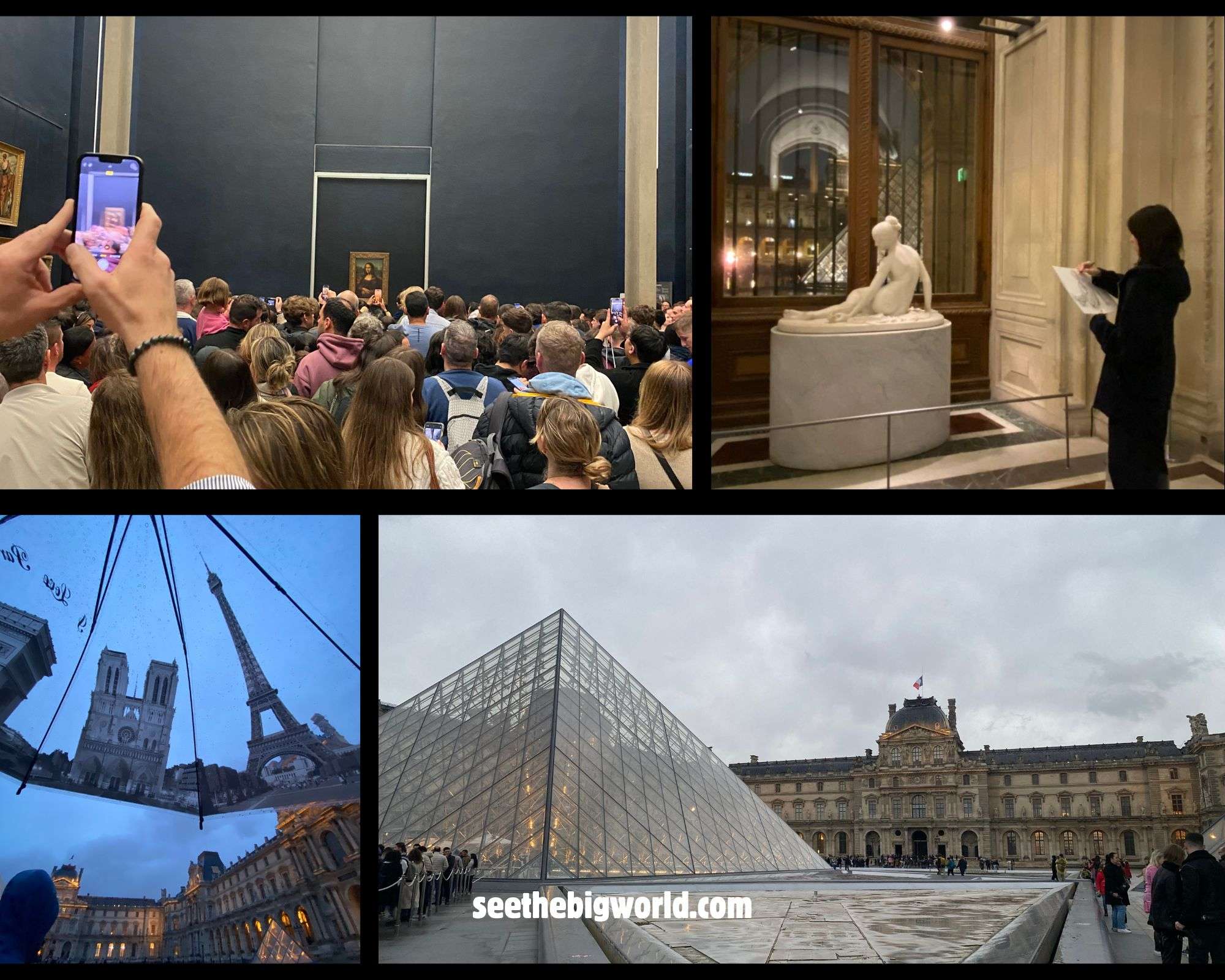
Notre-Dame Cathedral (Cathédrale Notre-Dame)
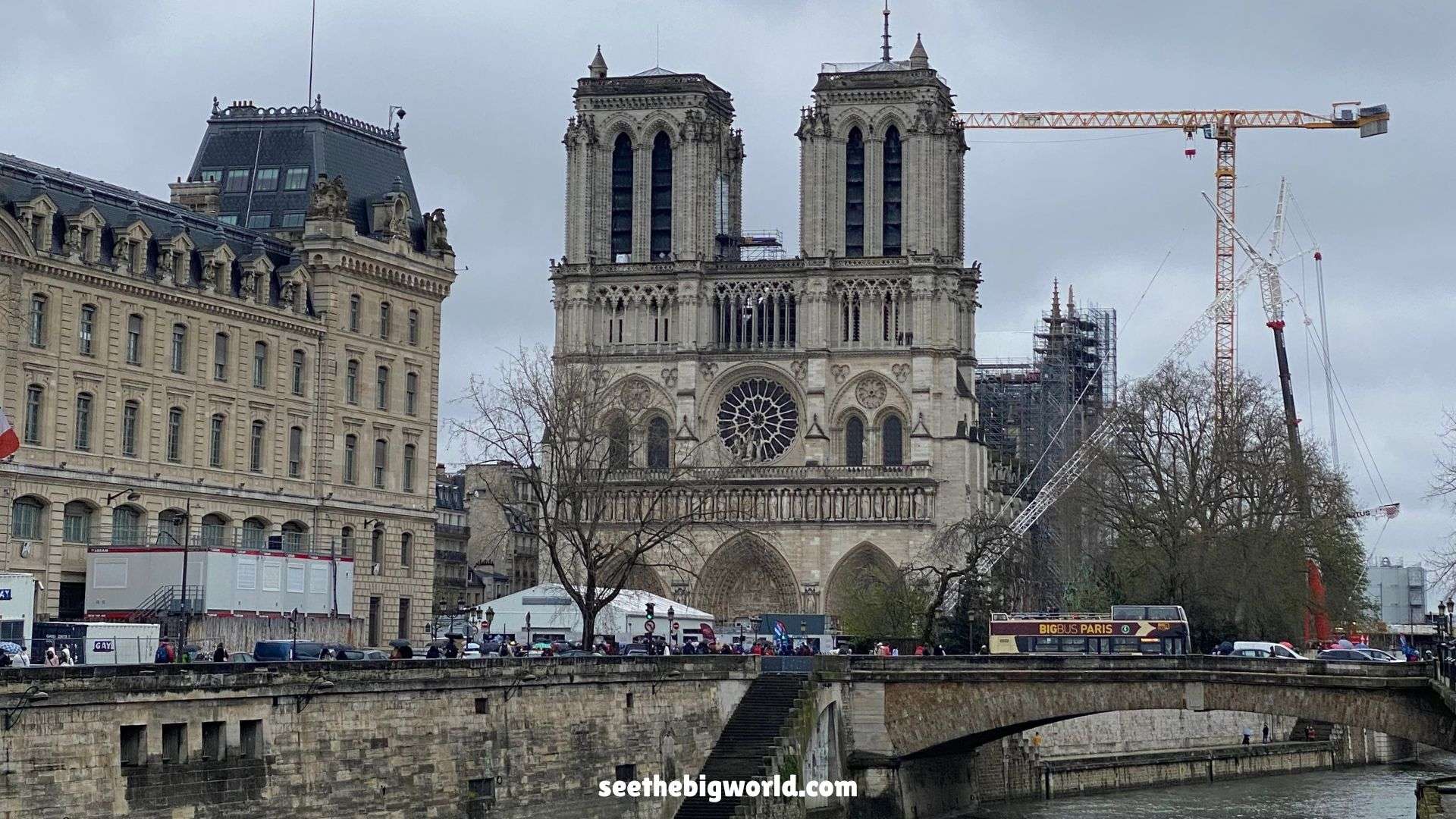
Reopening to the public at the end of 2024, Notre-Dame Cathedral is a landmark and a masterpiece of Gothic architecture, renowned for its stunning stained glass windows and intricate carvings. When I visited, it was still under restoration, but the surrounding barriers featured detailed information about the site and the reconstruction process, making it an interesting stop. Adding to the atmosphere, a beautifully melancholic violin performance echoed through the square. Exploring Notre-Dame is undoubtedly one of the must-visit things to do in Paris, whether admiring its exterior or stepping inside once it reopens.
- Book in Advance (Some tickets with free cancellation/discounts)
- Free Entry
- Notre-Dame Professional Guided Tour
- Opening Hours
- Monday to Wednesday: 07:45–19:00
- Thursday: 07:45–22:00
- Friday: 07:45–19:00
- Saturday and Sunday: 08:15–19:30
- Find on Google Map
Seine River (La Seine)
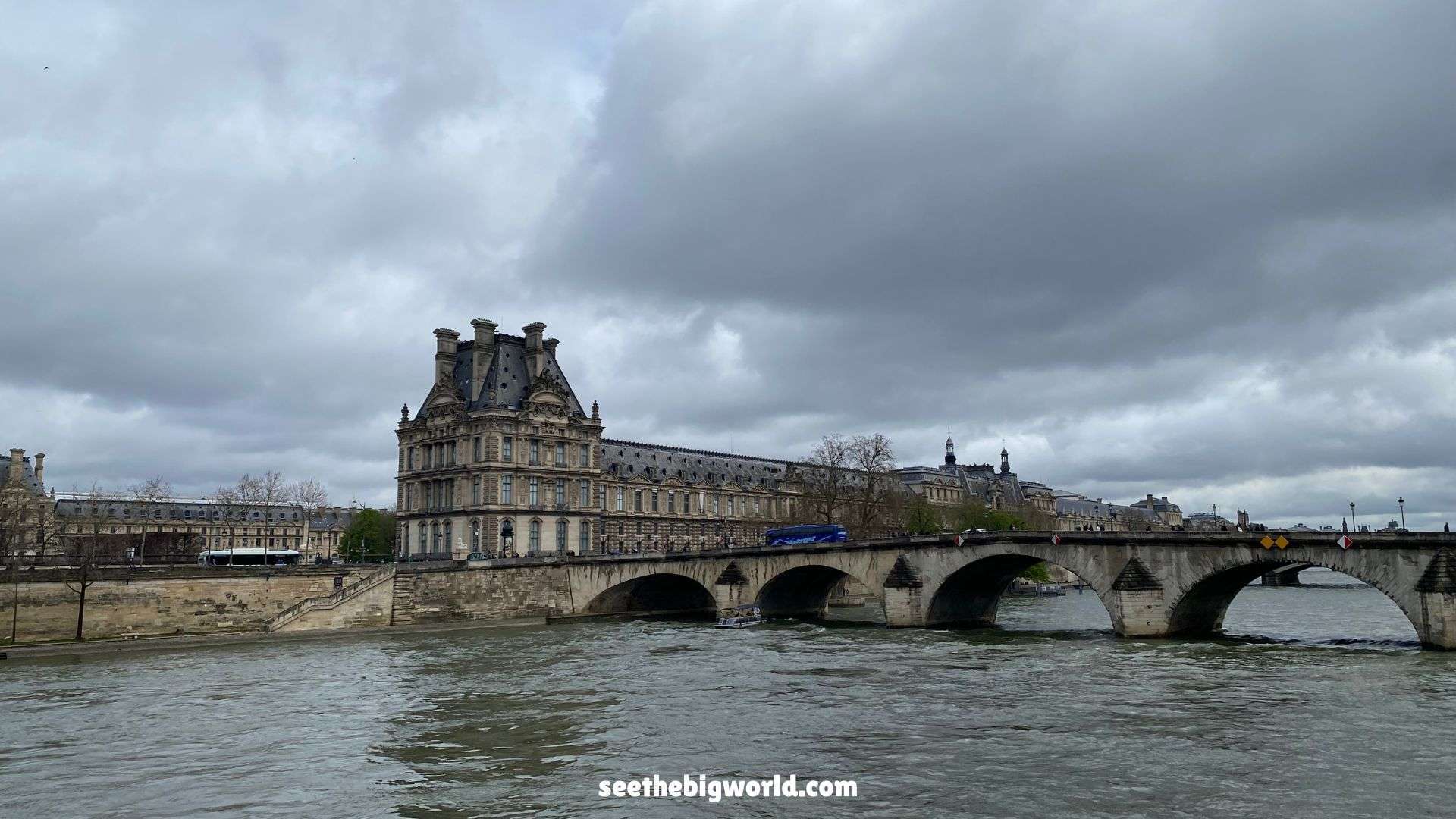
The Seine River is the soul of Paris, with several iconic landmarks lining its banks. Taking a scenic river cruise or enjoying a leisurely stroll along the riverside is one of the most romantic things to do in Paris, offering breathtaking views of the city’s historic architecture and vibrant atmosphere.
- How Long to Spend at a Seine River Cruise?
- A cruise departing from the Eiffel Tower lasts approximately 1 hour.
- Book in Advance (Some tickets with free cancellation/discounts)
- Opening Hours
- The Seine River is accessible all day
- Cruise company operating hours vary. Below are the hours for a recommended provider:
- April to September: Daily from 10:00 to 22:00, with departures every 30 minutes.
- October to March: Daily from 10:30 to 21:00, with departures every hour.
- December 24: The last departure is at 17:00.
- Find on Google Map
Eiffel Tower (Tour Eiffel)
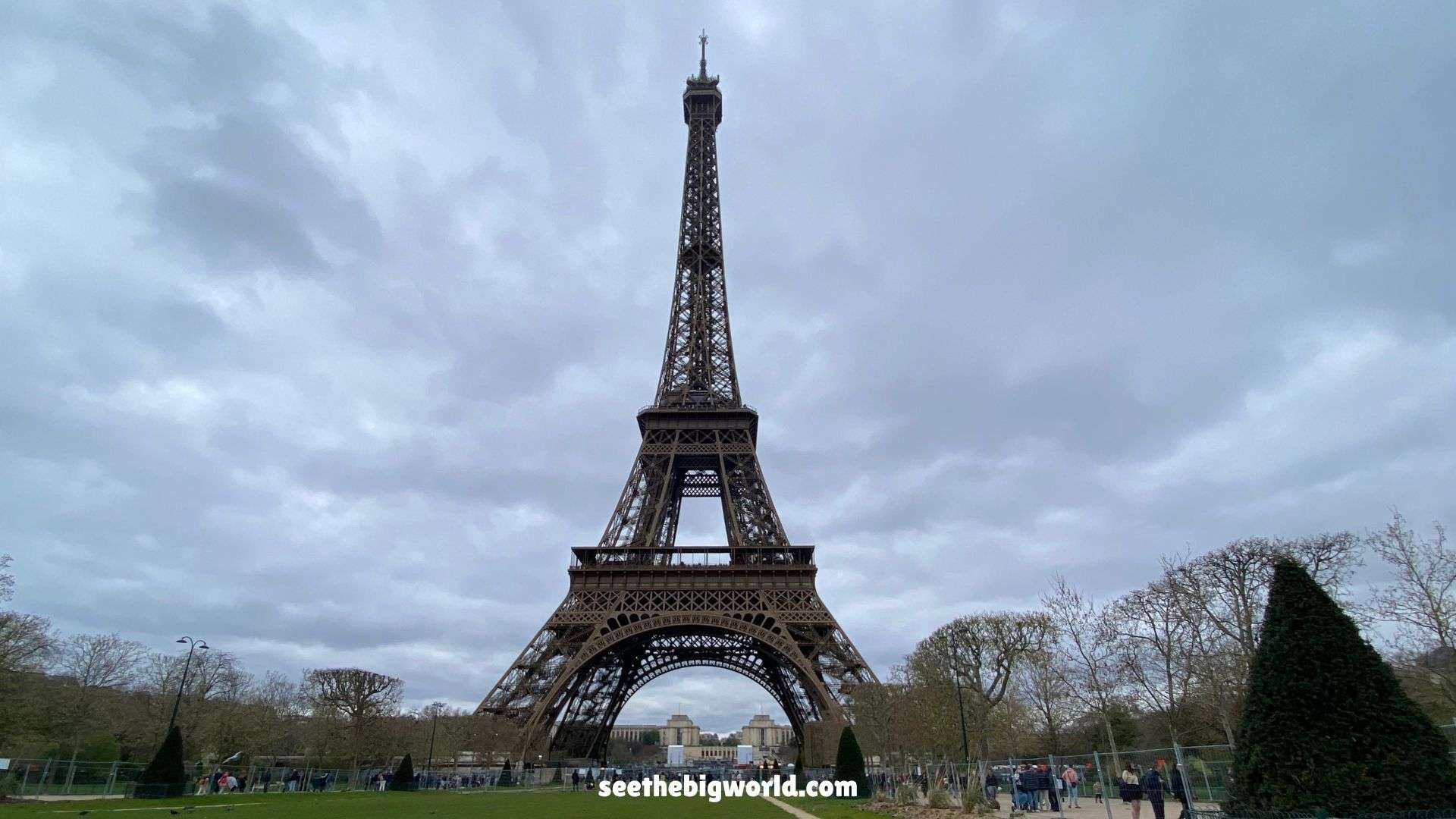
The Eiffel Tower is the ultimate symbol of Paris and one of the top things to do in Paris. Whether you’re climbing to the top for a breathtaking panoramic view or watching the mesmerising light show at night, it’s an unmissable experience. I love capturing photos from the base, where you can truly appreciate the sheer grandeur of this iconic landmark.
If you walk along the Seine from Notre-Dame to the Eiffel Tower, you'll pass by Port de la Bourdonnais. If you're visiting during a festival, you'll find a food market there (as shown in the picture below).
- How Long to Spend at Eiffel Tower?
- 2 Hours
- Book in Advance (Some tickets with free cancellation/discounts)
- Opening Hours
- 09:00 – 00:00
- Find on Google Map|Eiffel Tower Official Website
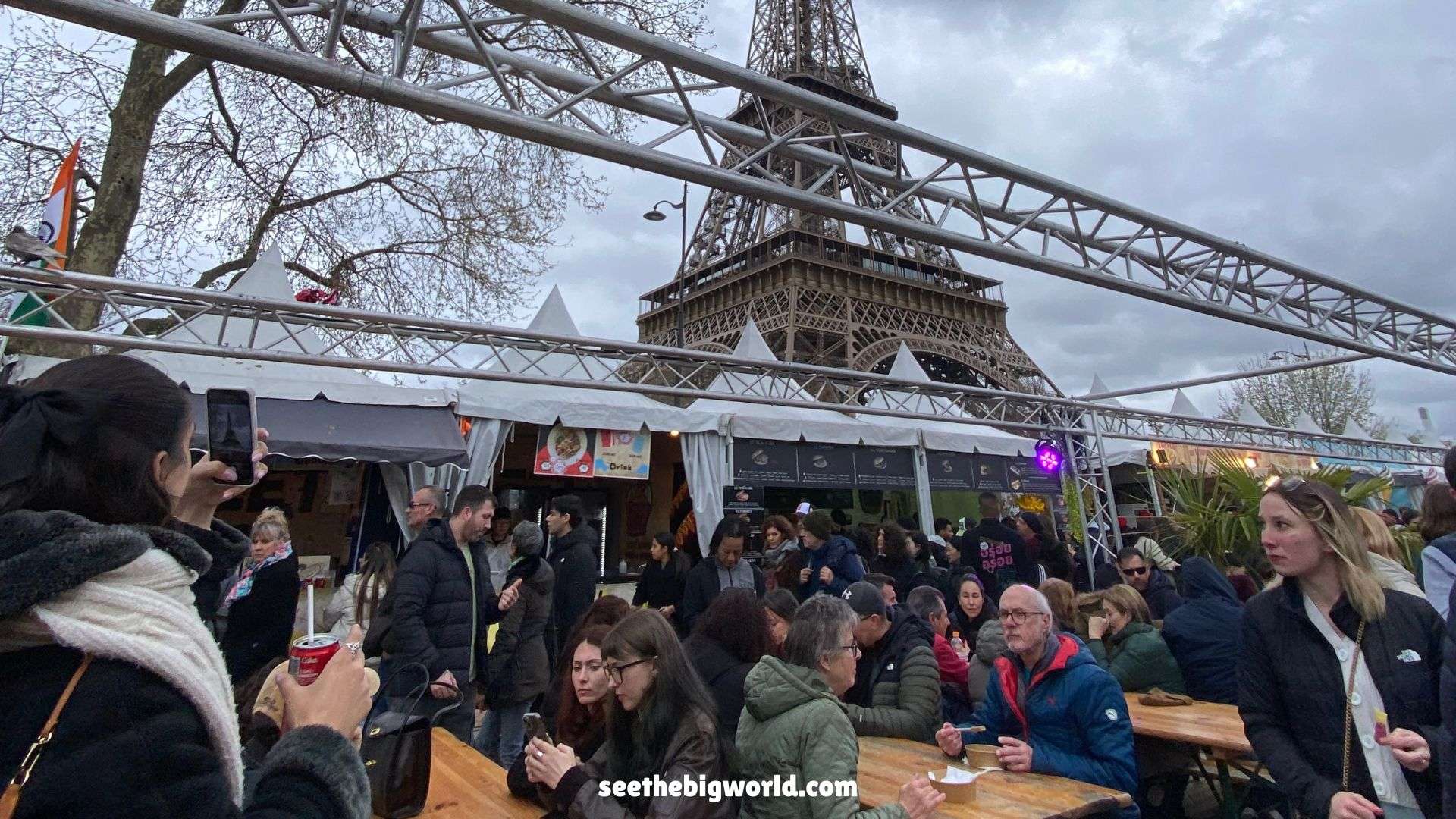
Champs-Élysées Avenue
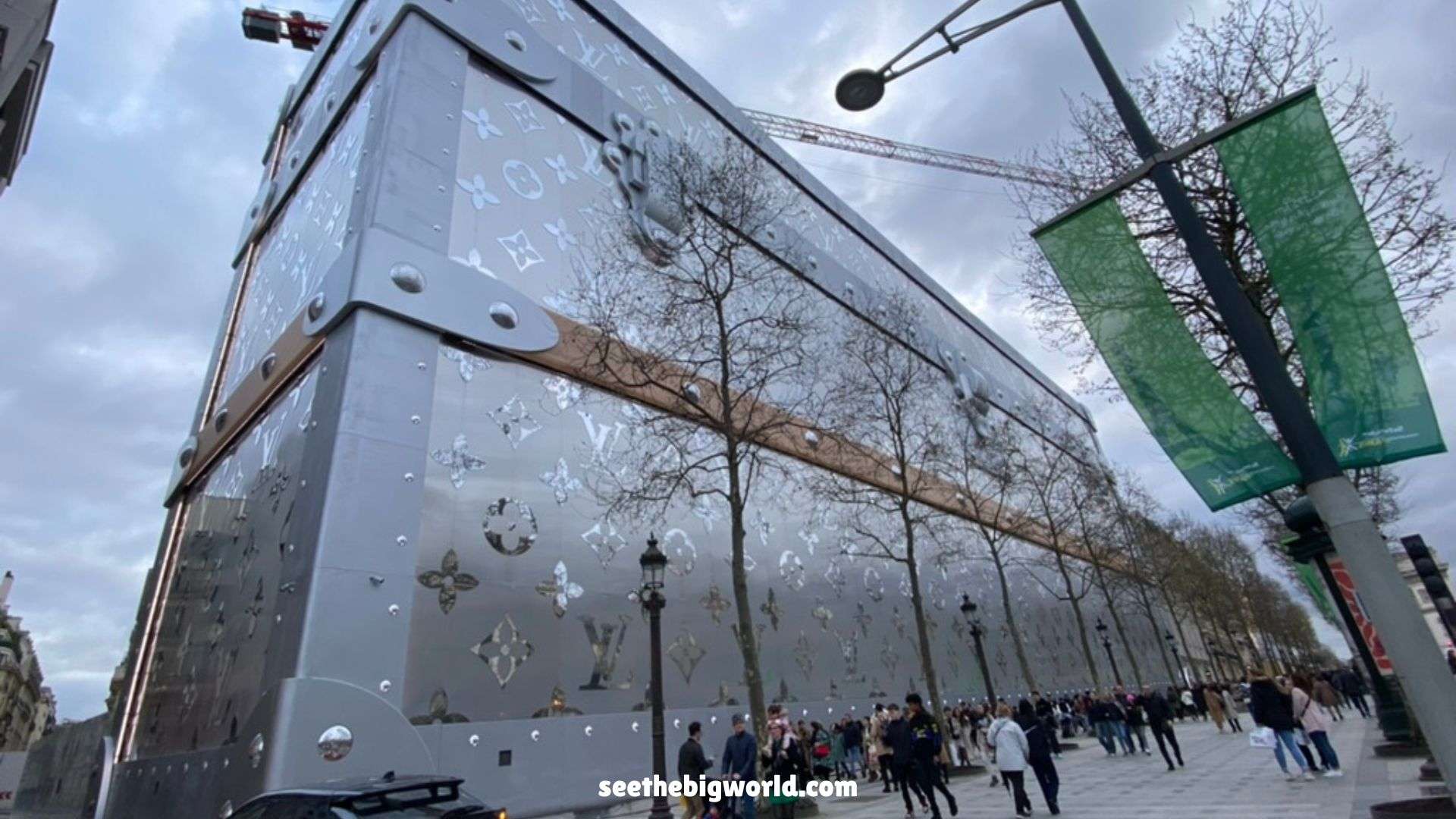
The world-famous shopping street, home to luxury brand stores, restaurants, and theatres, is the heart of shopping in Paris and a must-see for anyone compiling their list of things to do in Paris.
- How Long to Spend at Champs-Élysées Avenue?
- If you’re not shopping, set aside about 30 minutes for photos. A great spot is the traffic island along the avenue, where you can capture a perfect shot facing the Arc de Triomphe—just be mindful of traffic and stay safe.
- If you’re shopping, plan for at least 3 hours, as some luxury boutiques may have queues.
- Find on Google Map
Arc de Triomphe
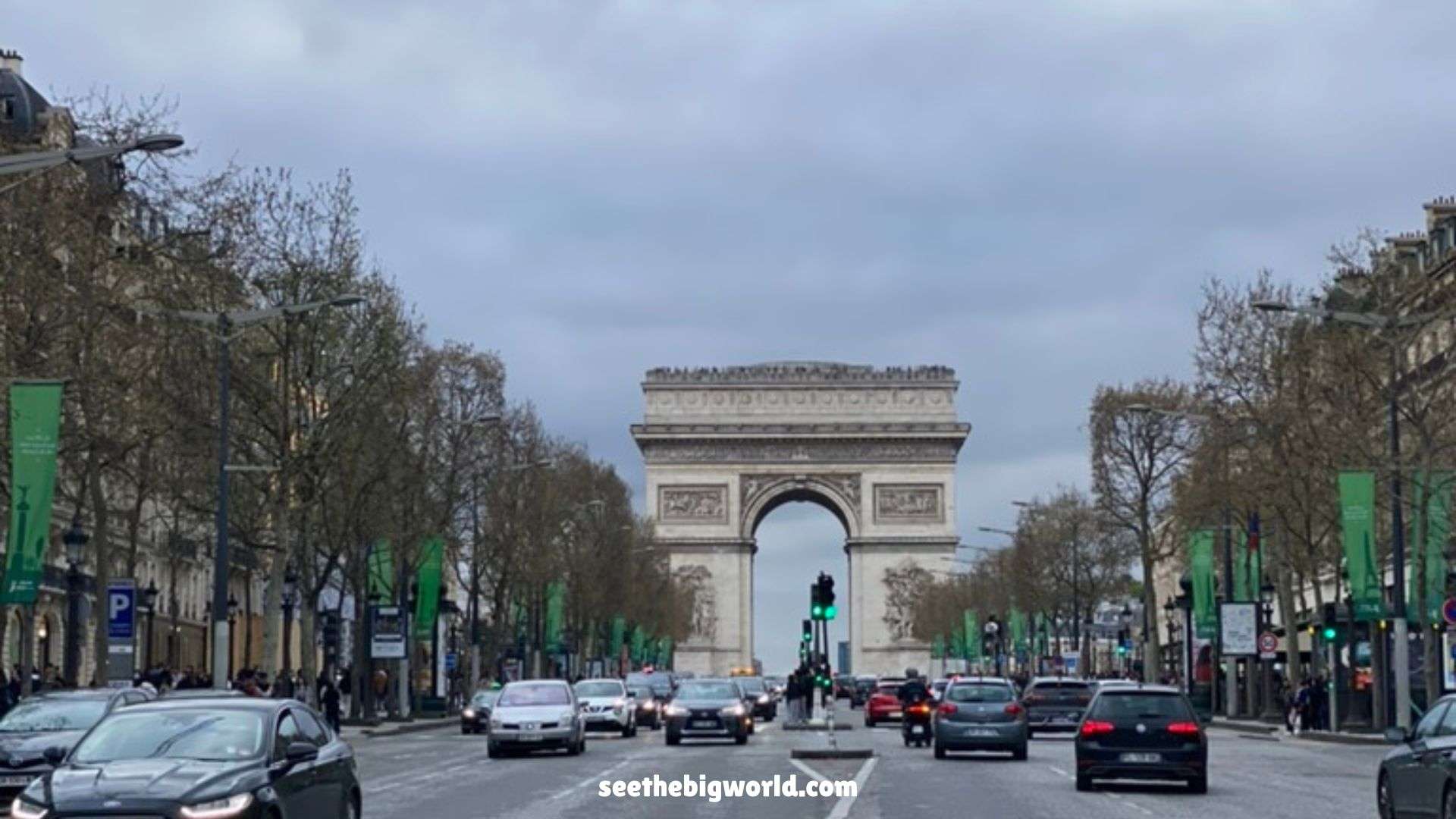
Built to commemorate Napoleon's military victories, the top offers a stunning view of Paris' radial street layout and is a fantastic addition to any list of things to do in Paris.
- How Long to Spend at Arc de Triomphe?
- Allow around 30 minutes to 1 hour for photos from the outside
- If you plan to climb to the top, add an additional hour.
- Book in Advance (Some tickets with free cancellation/discounts)
- Opening Hours
- 10:00 – 22:30
- Tuesday: 11:00 – 22:30
- Find on Google Map
Galeries Lafayette
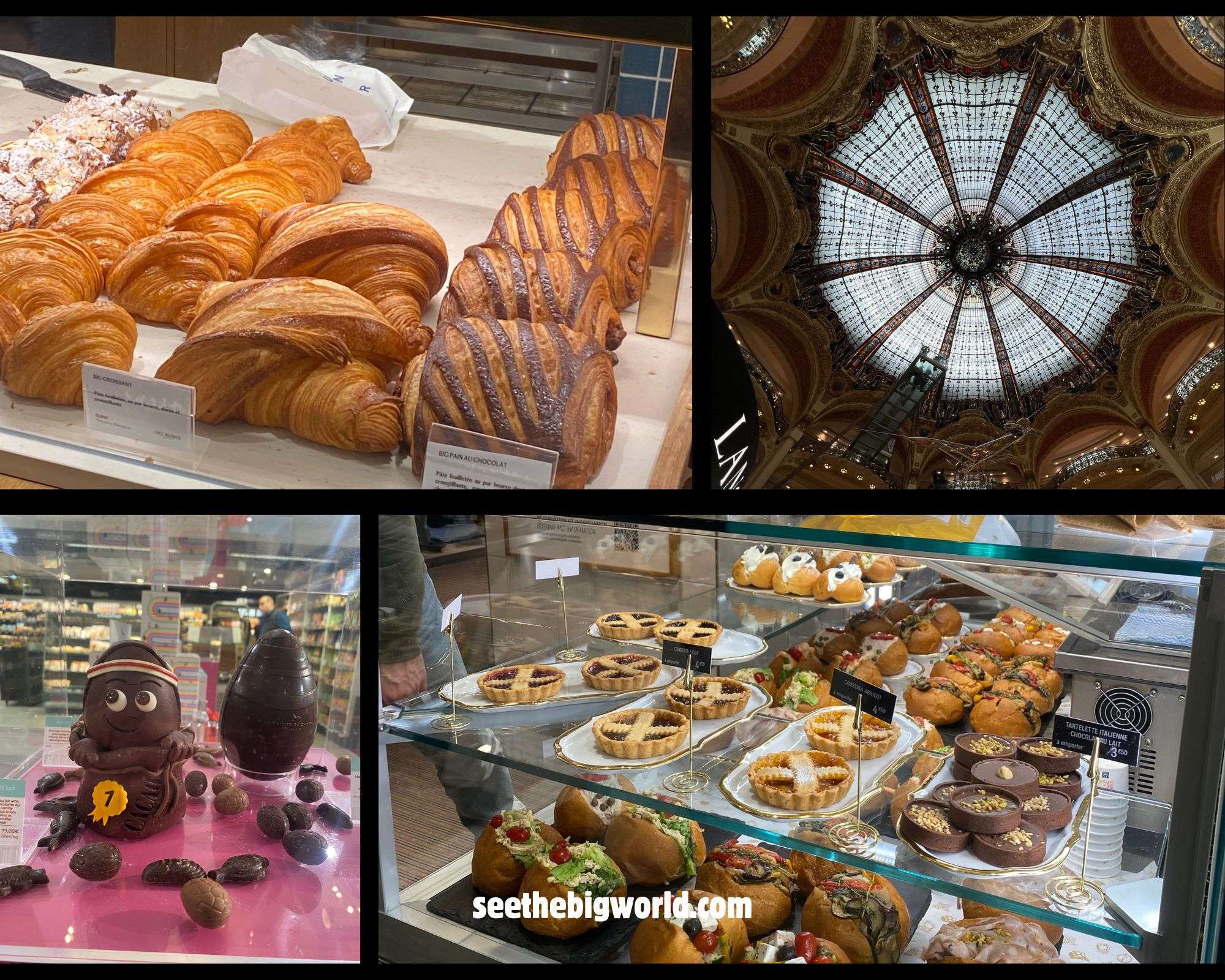
Paris' shopping paradise, renowned for its magnificent dome and diverse selection of brands, is particularly stunning during the Christmas decorations, making it a delightful addition to any list of things to do in Paris, especially during the holiday season.
- How Long to Spend at Galeries Lafayette?
- 2 Hours
- Opening Hours
- Monday - Saturday:10:00 – 20:30
- Sunday:11:00 – 20:00
- Find on Google Map
Moulin Rouge
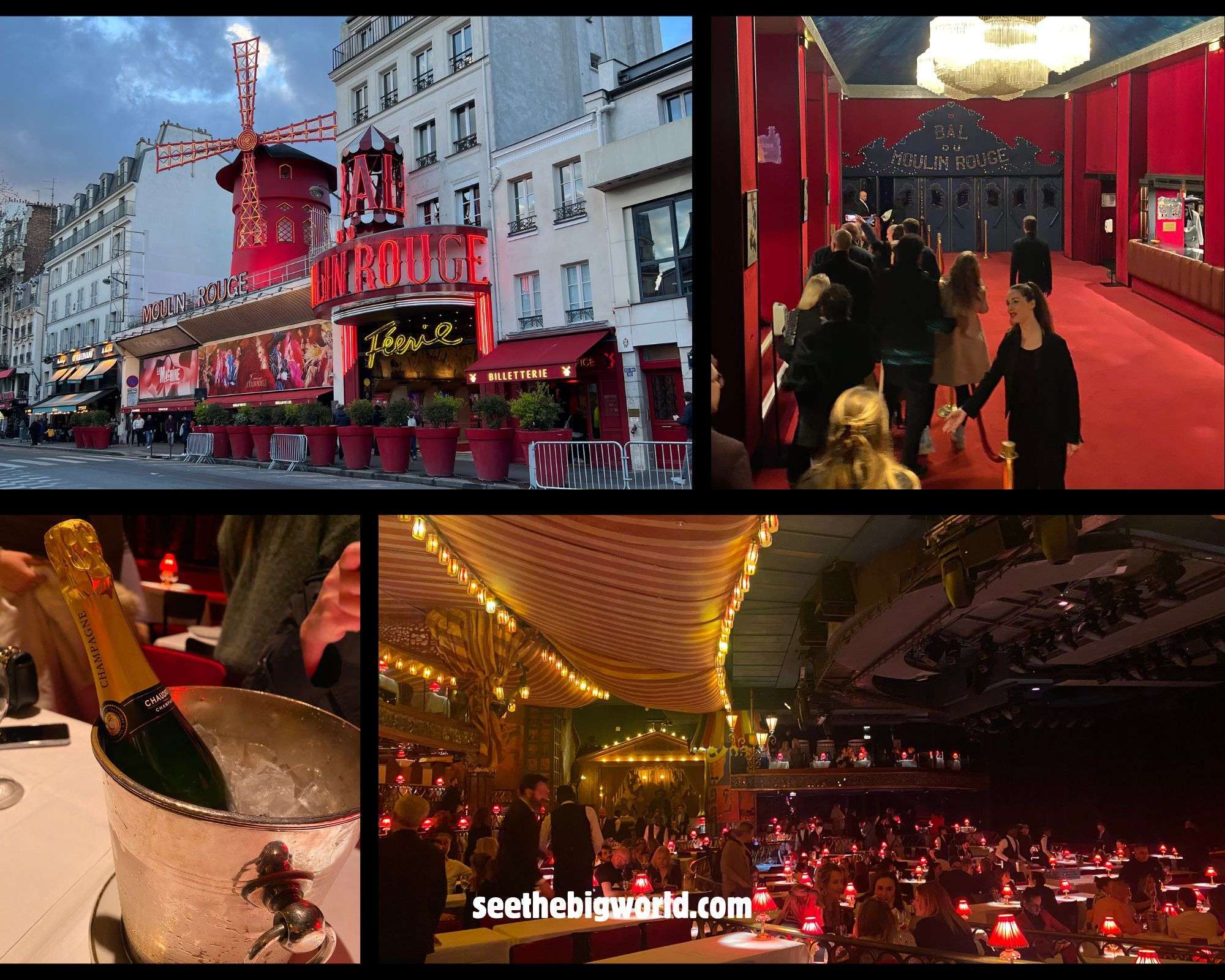
A famous venue for the French Cancan, featuring stunning stage designs and exquisite dance performances, perfect for late-night entertainment and a memorable addition to your list of things to do in Paris.
- How Long is the Moulin Rouge Show?
- Aprox. 2 Hours
- Moulin Rouge Detailed Review
- Buy Tickets
- Opening Hours
- Moulin Rouge offers two performances every night, at 21:00 and 23:00, each lasting about 2 hours.
- You can also choose to enter early at 19:00, enjoy dinner, and then watch the 21:00 performance.
- Find Moulin Rouge on Google Map

Montmartre
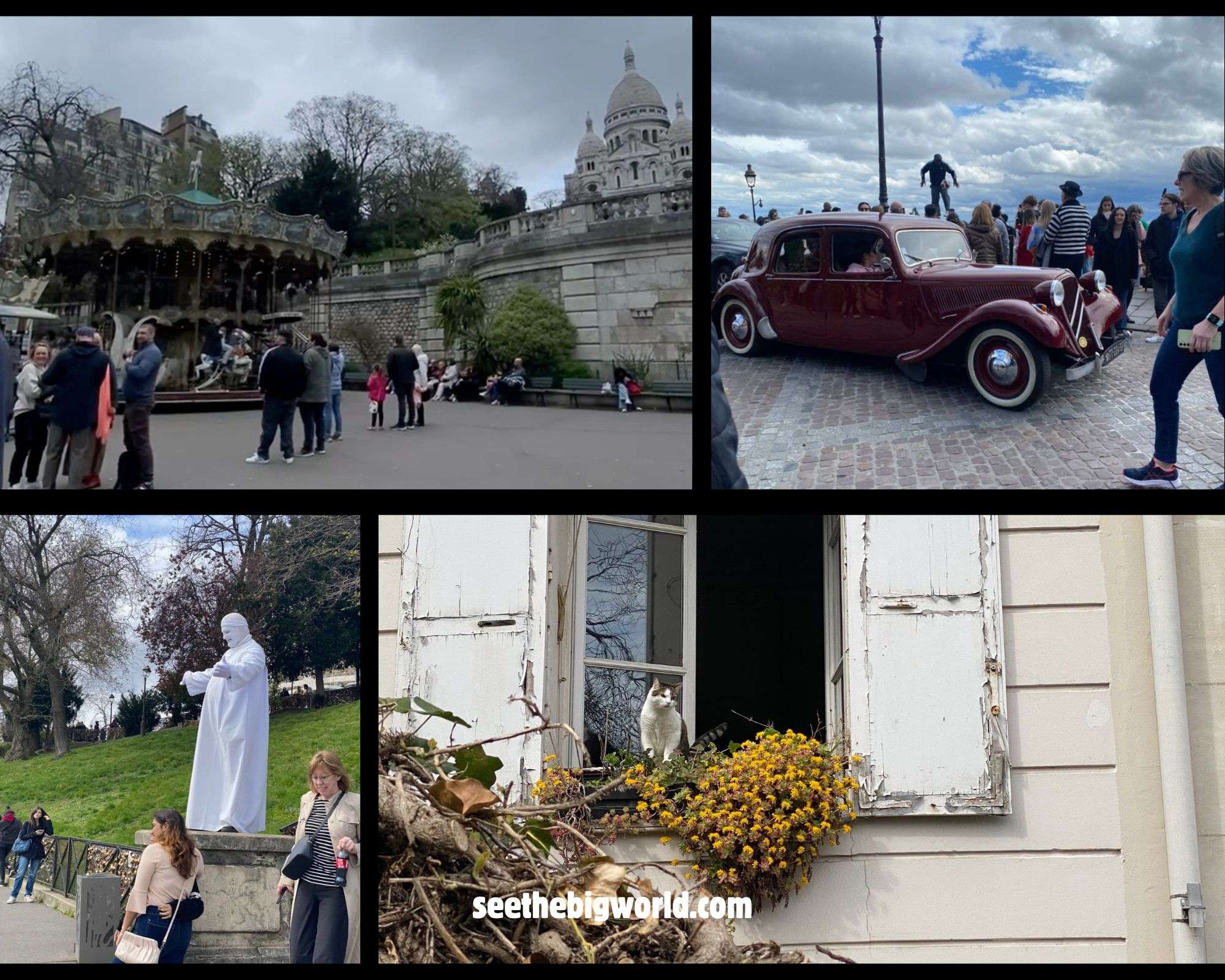
A hub for artists, known for its romantic streets, cafés, and murals, which have inspired countless masterpieces, making it a charming and culturally enriching addition to your list of things to do in Pari
If you’ve ever heard the line, 'When I walked through Montmartre, the streets were full of circus acts,' you’re probably familiar with the iconic Cantonese pop song "Free Travel" (自由行) by Wyman, one of Hong Kong’s most famous lyricists. Written over 20 years ago, this song became the soundtrack to many people’s travels, including mine. The lyrics mention various destinations, with Montmartre in Paris standing out as a place of inspiration. The imagery of strolling through this artistic district with its vibrant atmosphere instantly became a must-see on my own travel to-do list.
- How Long to Spend at Montmartre?
- 3 Hours
- Book in Advance (Some tickets with free cancellation/discounts)
- Find on Google Map
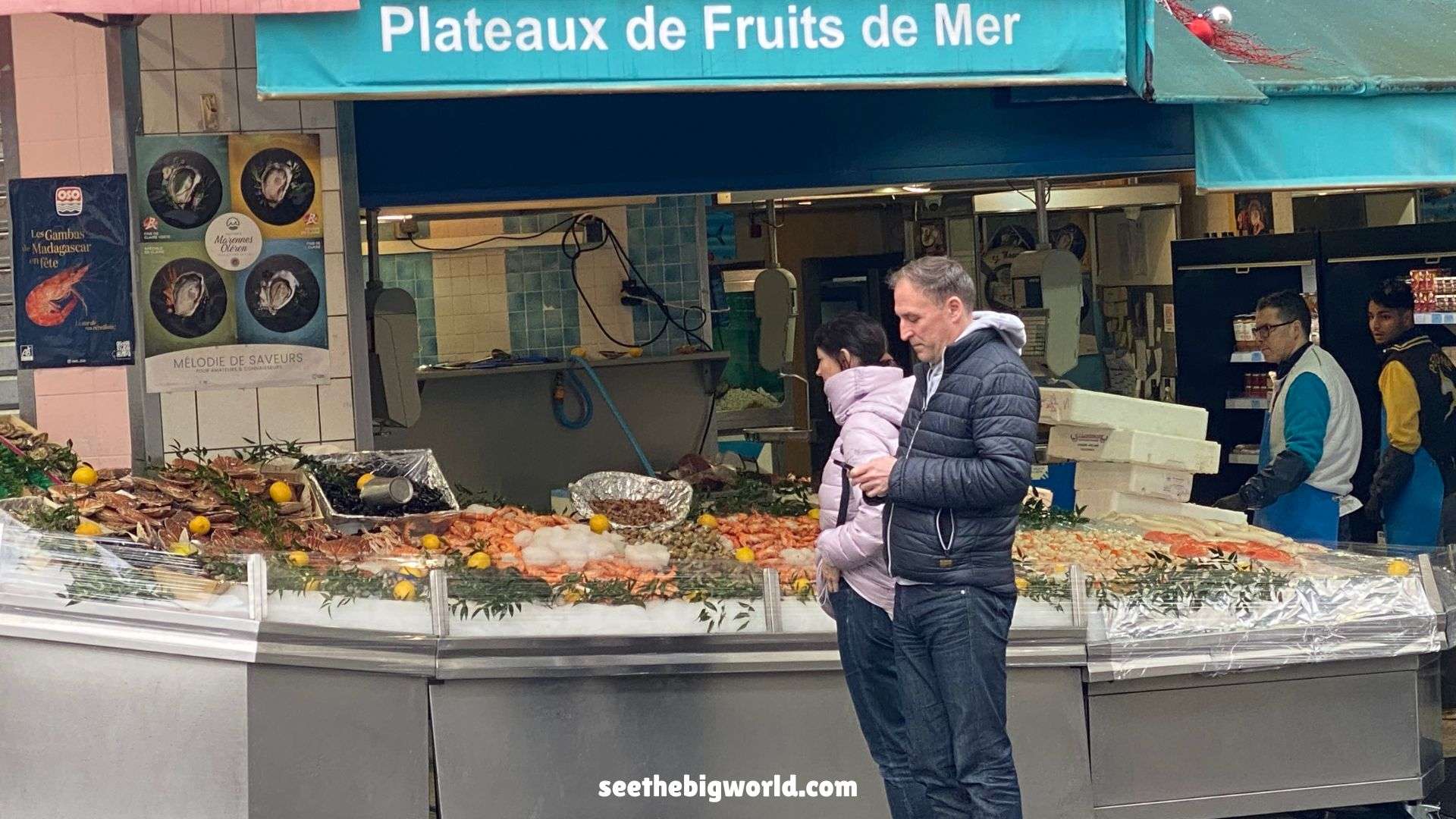
Sacré-Cœur Basilica (Basilique du Sacré-Cœur)
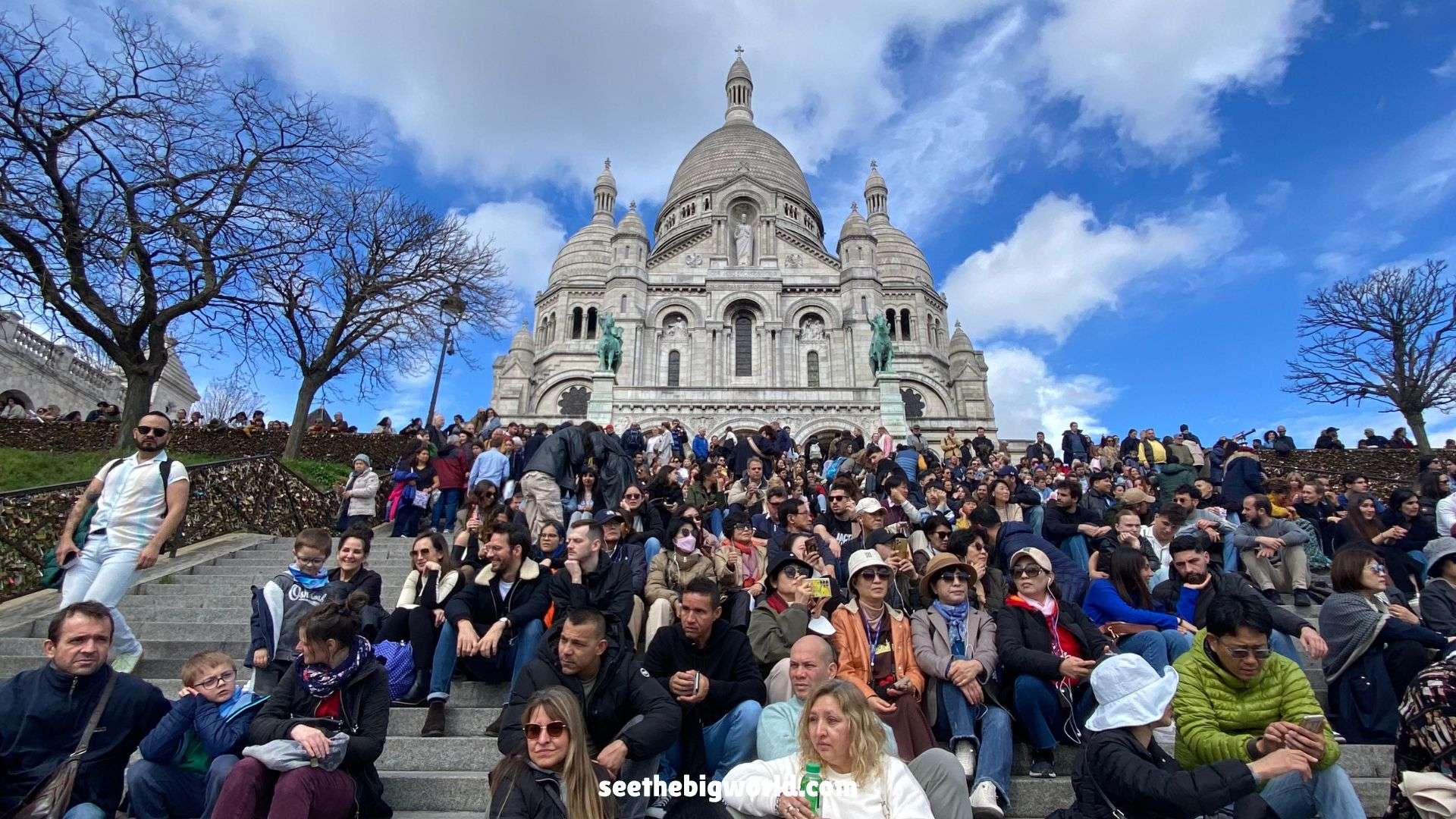
Located at the top of Montmartre Hill, this Byzantine-style white basilica offers stunning panoramic views of Paris. It is also a popular spot for street performers, making a visit a memorable experience and a definite must-add to any list of things to do in Paris.
This is one of the most popular tourist spots in Paris, so be extra cautious of pickpockets and keep an eye on your belongings.
- How Long to Spend at Sacré-Cœur Basilica?
- If you’re just admiring the architecture and the panoramic views of Paris from the outside, about 30 to 45 minutes is sufficient.
- If you plan to climb to the top, allocate an extra hour.
- For photography and exploring the Montmartre district, it’s recommended to allow more time.
- Sacré-Cœur Basilica Detailed Review
- Book in Advance (Some tickets with free cancellation/discounts)
- Opening Hours
- 06:30–22:30
- Find on Google Map
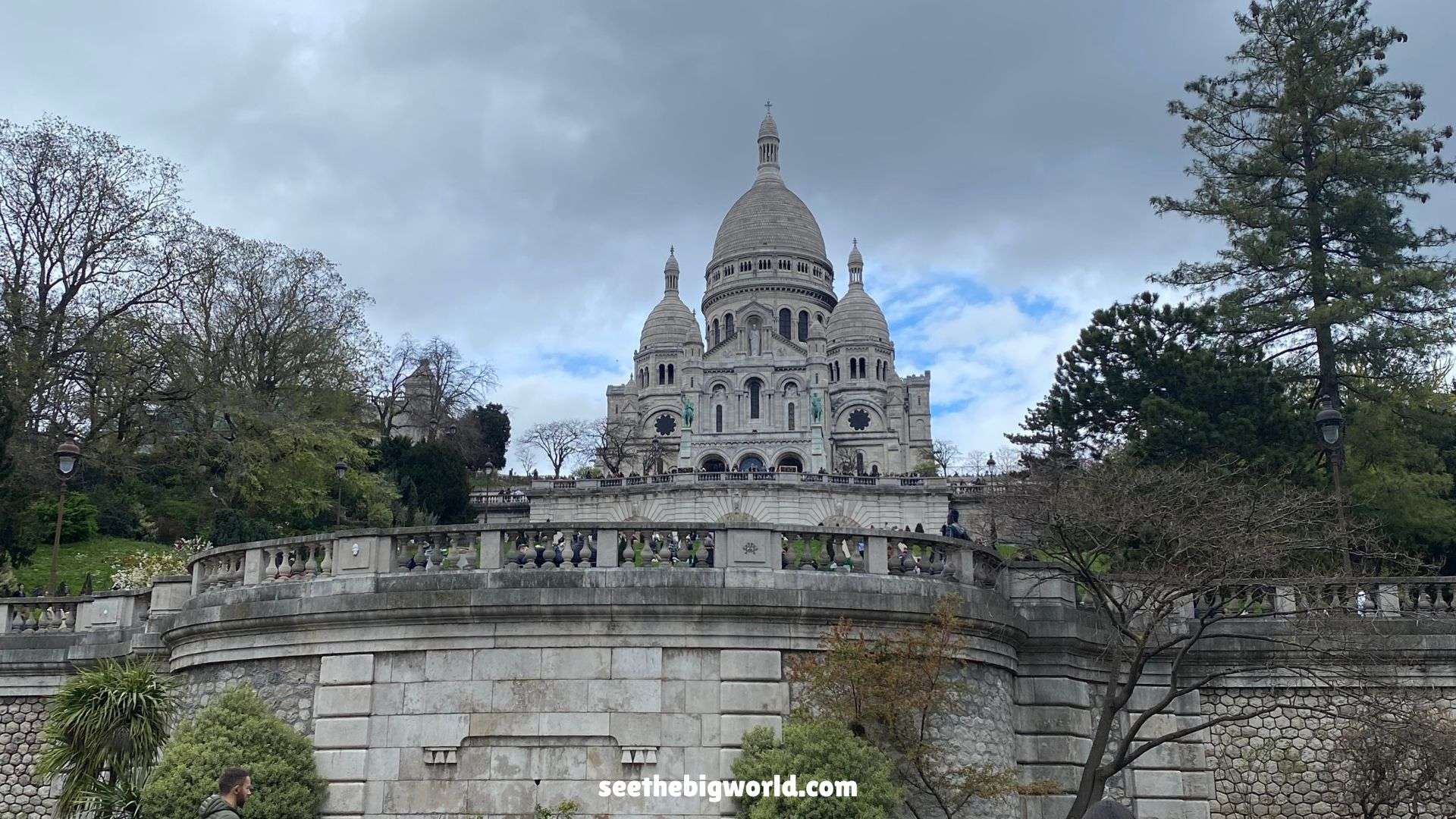
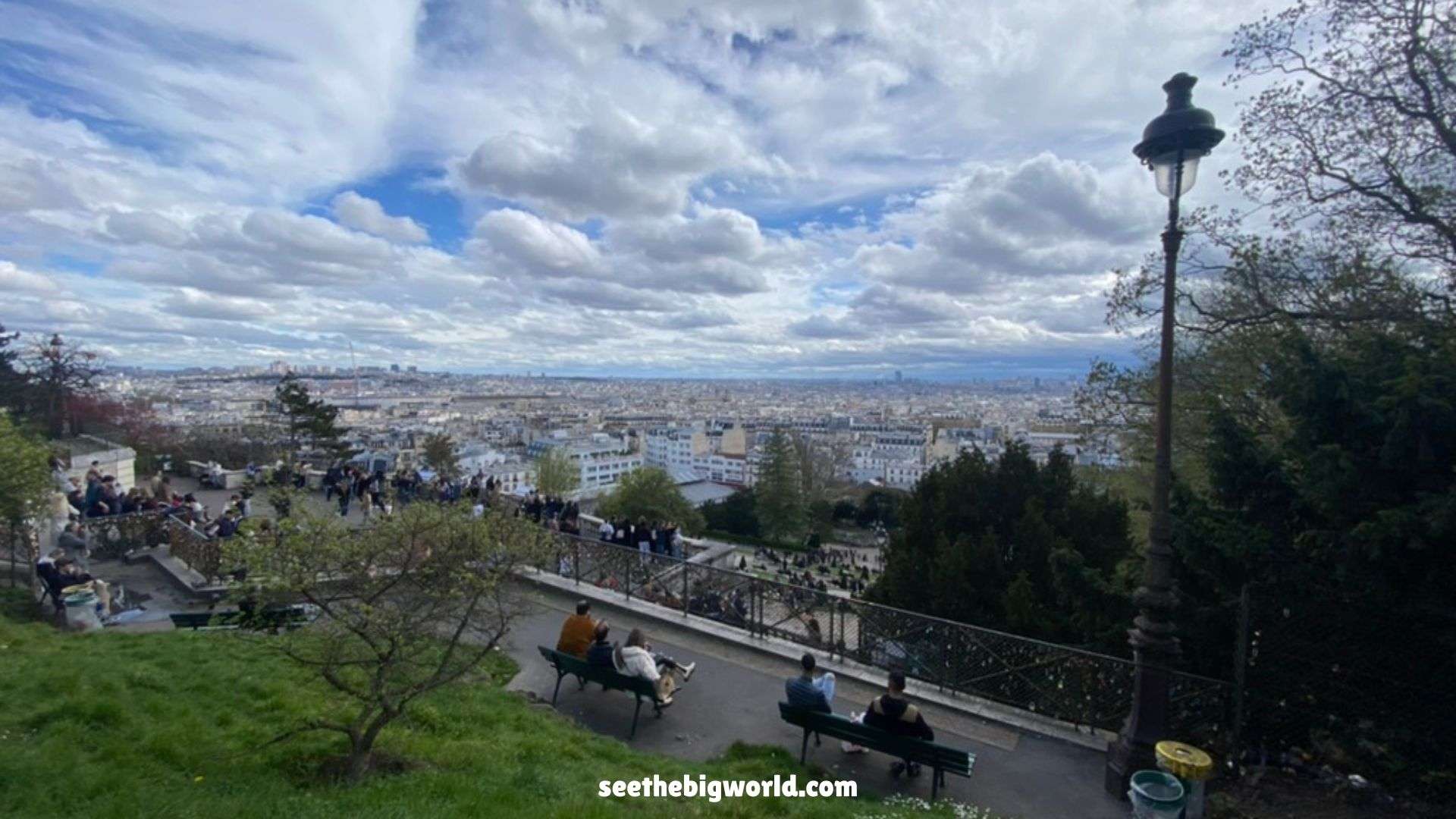
Bastille Market (Marché Bastille)
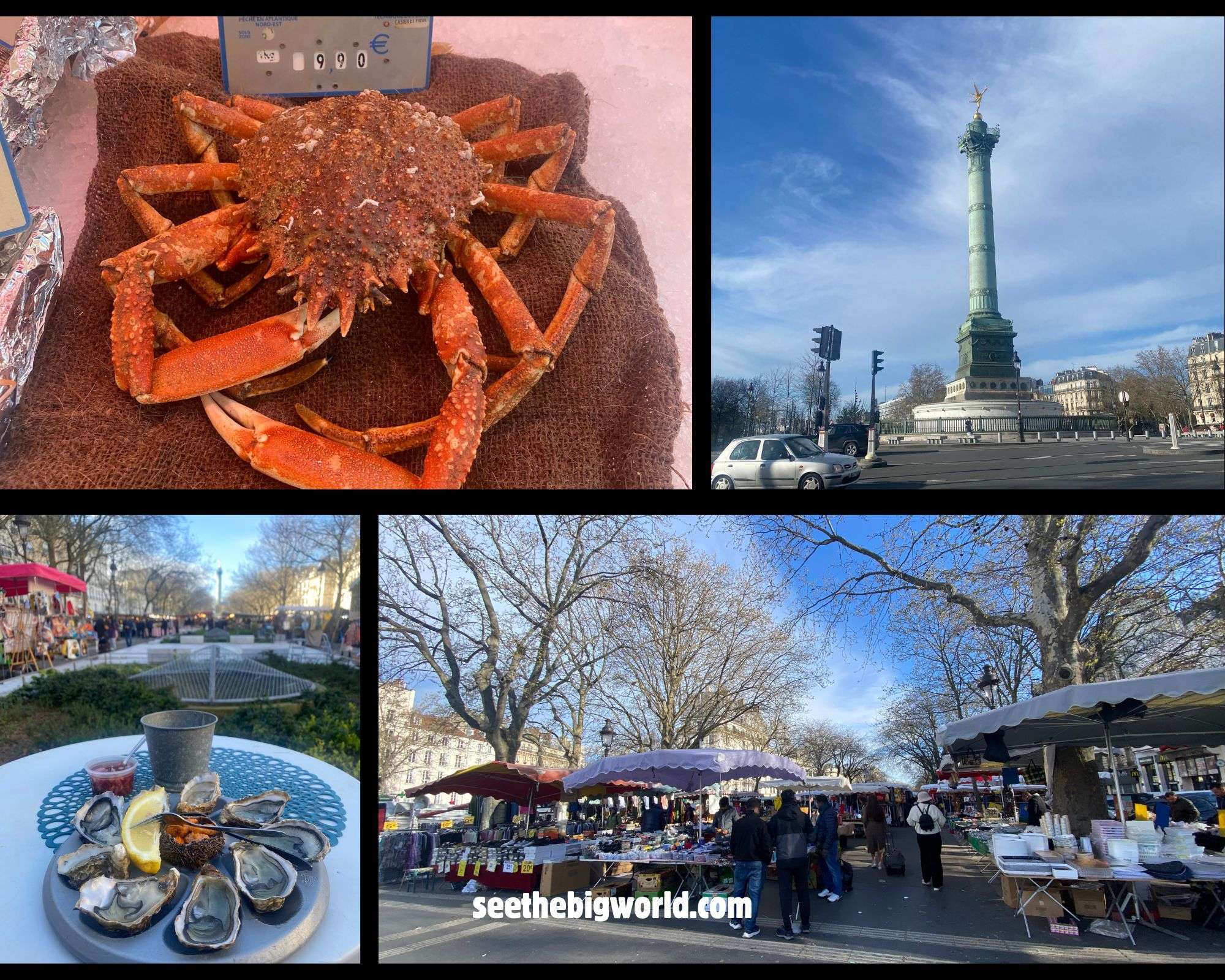
A popular market in Paris offering fresh produce, local specialties, and handmade crafts, capturing the charm of a traditional French market atmosphere and providing a delightful glimpse into Parisian life, making it a great addition to your list of things to do in Paris.
- How Long to Spend at Bastille Market?
- 2 Hours
- Bastille Market Detailed Review
- Opening Hours
- Every Thursday and Sunday morning.
- Find on Google Map
FAQs for Self-Guided Travel in Paris
Do I need to speak French in Paris? Can I communicate in English?
While French is the official language of Paris, most people at major tourist attractions, hotels, and restaurants can communicate in English. Learning a few simple French greetings like "Bonjour" (Hello) or "Merci" (Thank you) will help you connect better with the locals and make your experience more enjoyable.
What payment methods are accepted in Paris? How much cash should I bring?
Paris uses the Euro (€). The main payment methods are credit cards (Visa, MasterCard, American Express), debit cards (Visa Debit, MasterCard Debit), cash, and mobile payments such as Apple Pay and Google Pay. Cash is less commonly needed, and most payments can be made by card or mobile payment. However, it's a good idea to carry a small amount of cash for emergencies.
What is the best time to visit Paris?
The best seasons to visit Paris are spring (April to June) and autumn (September to October), when the weather is pleasant and there are fewer tourists. Summer (July to August) is warmer but tends to be crowded, as many locals take vacations during this time.
What is the voltage and plug type in Paris?
The voltage in Paris is 230 volts, and the plug types are C and F (both with two round pins). It's recommended to bring an adapter if you're using electronic devices from regions with different plug types.

